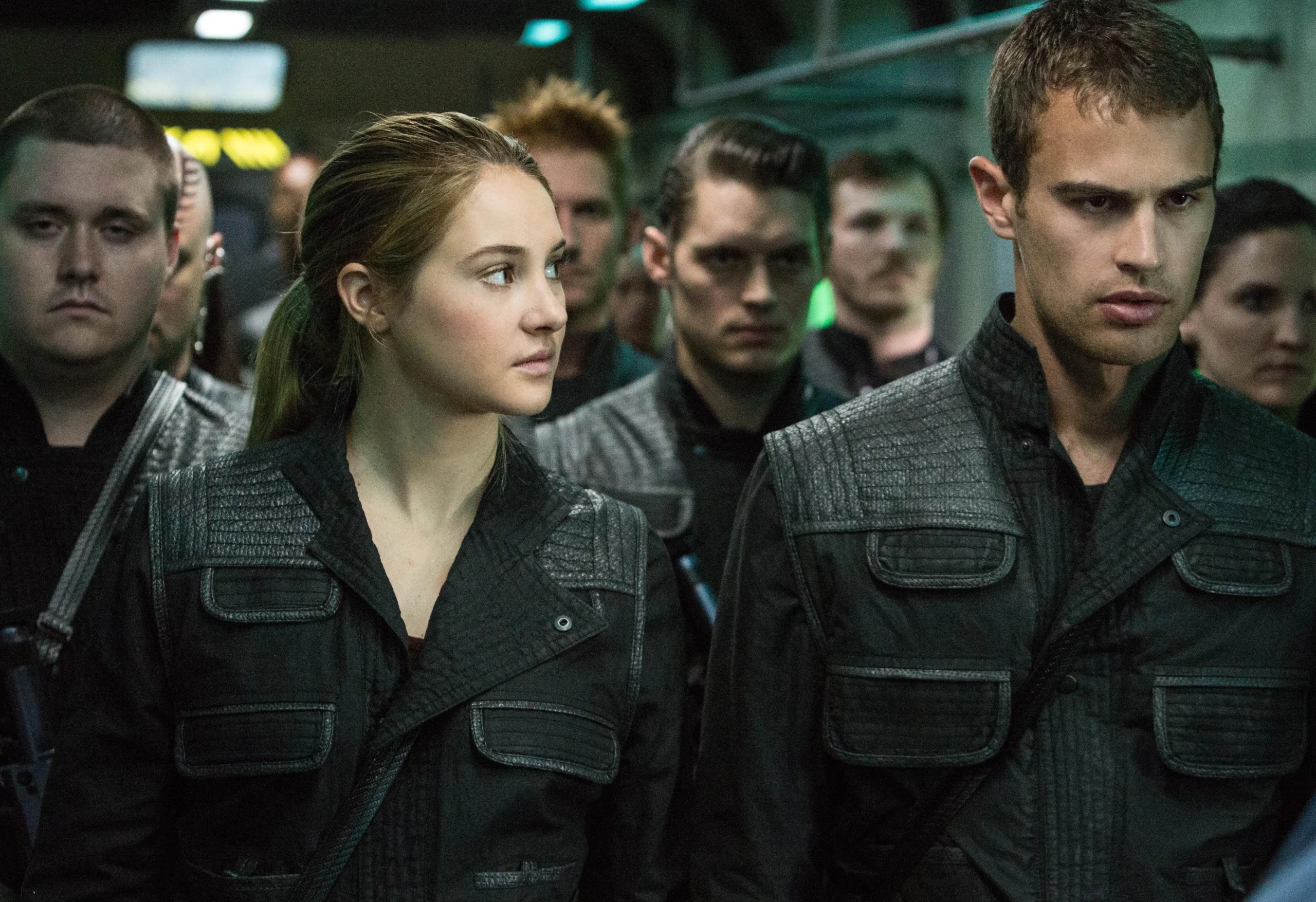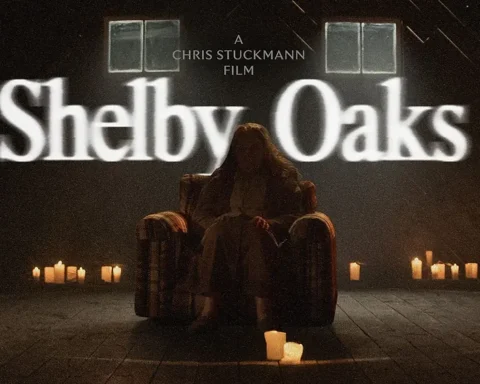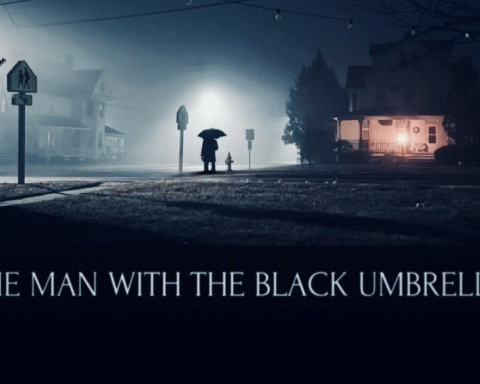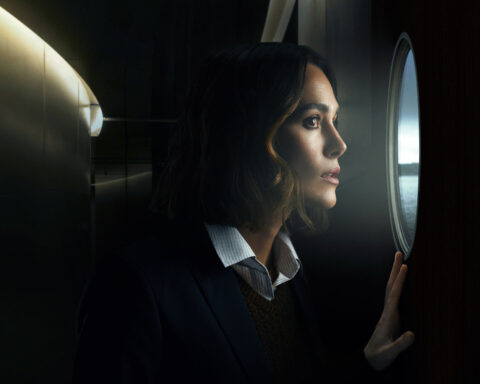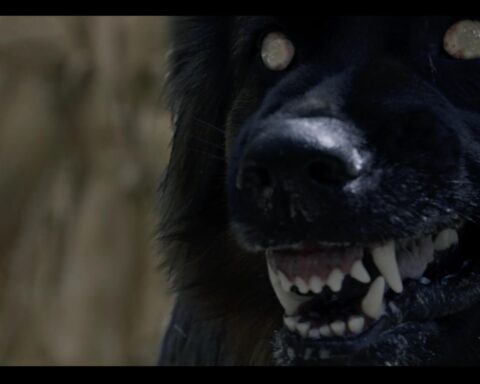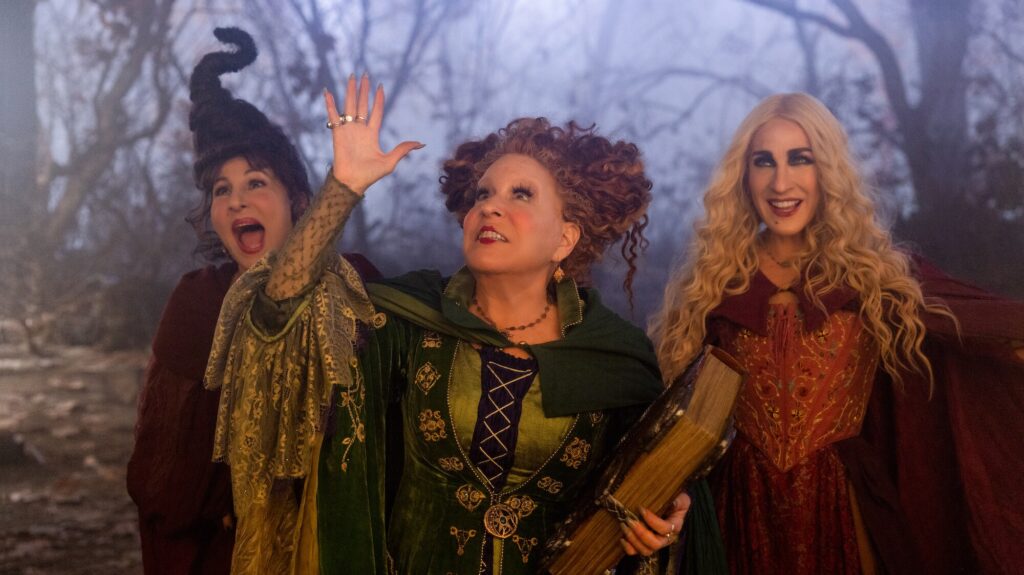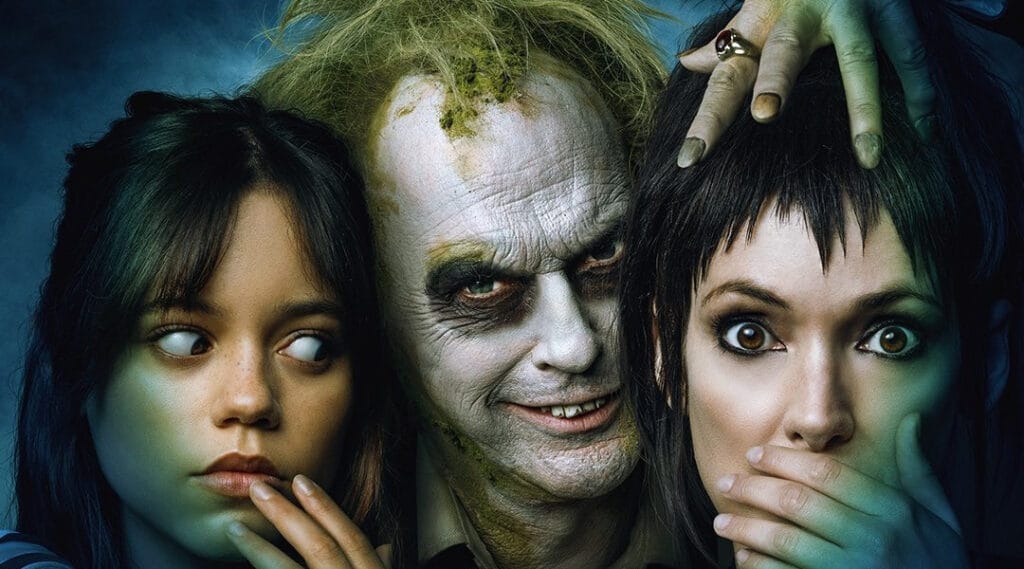The Divergent series, penned by author Veronica Roth, has made a significant impact in the world of young adult fiction. Comprising three main installments—Divergent (2011), Insurgent (2012), and Allegiant (2013)—the books present a gripping narrative set in a post-apocalyptic Chicago. The storyline follows sixteen-year-old Beatrice “Tris” Prior, who must navigate a society divided into five factions, each representing a different virtue: Abnegation (selflessness), Amity (peacefulness), Candor (honesty), Dauntless (bravery), and Erudite (intelligence). At the heart of the plot is the concept of being ‘Divergent,’ individuals who do not fit neatly into any single faction and pose a threat to the faction system.
The narrative depth, combined with the richly fleshed-out characters, made the Divergent series a bestseller, garnering substantial acclaim. Tris’s journey of self-discovery, the various interpersonal relationships she forms—especially her evolving romance with Tobias “Four” Eaton—and the overarching themes of identity, freedom, and societal control resonated strongly with readers. These elements translated successfully to the silver screen with the movie adaptations released between 2014 and 2016. Starring Shailene Woodley as Tris Prior and Theo James as Four, the films attempted to capture the essence of Roth’s universe while lending it visual grandeur.
The cultural impact of Divergent cannot be understated. It emerged during a time when dystopian narratives were particularly popular in young adult literature and cinema, following the likes of Suzanne Collins’ The Hunger Games. Its exploration of societal structure, personal identity, and rebellion against systemic oppression found a receptive audience among young adults seeking stories that speak to their own experiences and aspirations. The Divergent series’ move from page to screen only widened its reach, introducing these compelling themes to an even broader demographic.
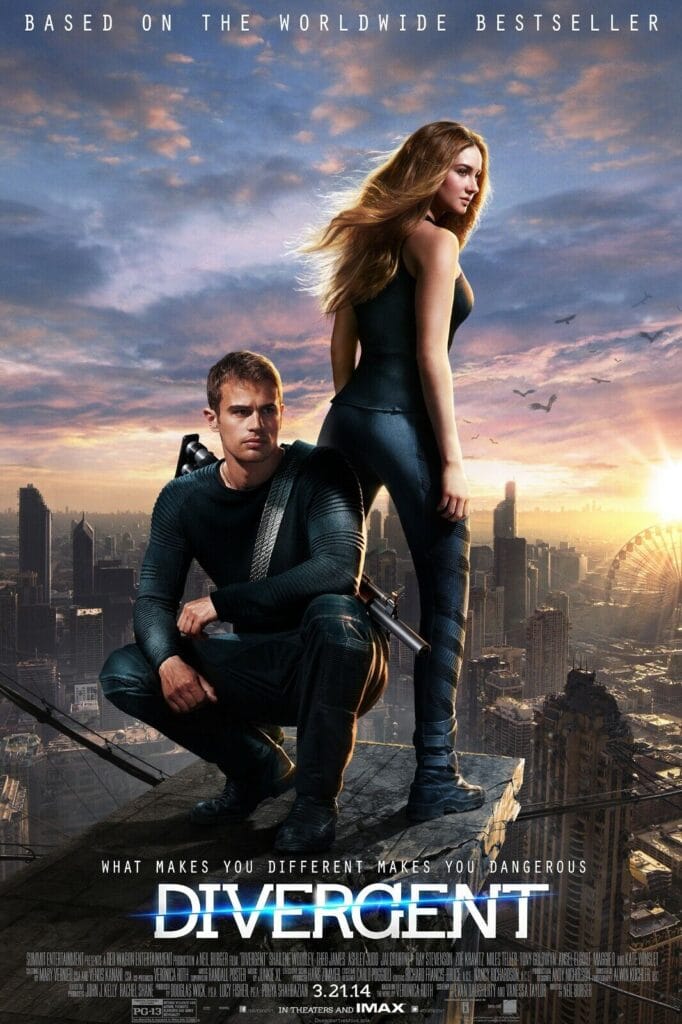
Divergent: First Impressions and Film Analysis
The initial film adaptation of the Divergent Trilogy, titled “Divergent,” provides a compelling visual representation of the dystopian world created by author Veronica Roth. The storyline centers around Tris Prior, played by Shailene Woodley, as she navigates a society divided into factions based on human virtues. The film opens with an exposition of this societal structure, efficiently setting the stage for the audience unfamiliar with the book series.
One of the defining features of “Divergent” is its focus on character development, particularly with regard to Tris. Woodley’s portrayal captures Tris’s inner turmoil and determination as she transitions from the Abnegation faction to Dauntless. The film effectively highlights key scenes such as the fear landscape, the initiation trials, and Tris’s struggles with her identity. These pivotal moments are crucial in showcasing her evolution from a timid girl into a resilient leader. Although the film adapts these scenes with a few modifications, it maintains the essence of Tris’s journey as depicted in the book.
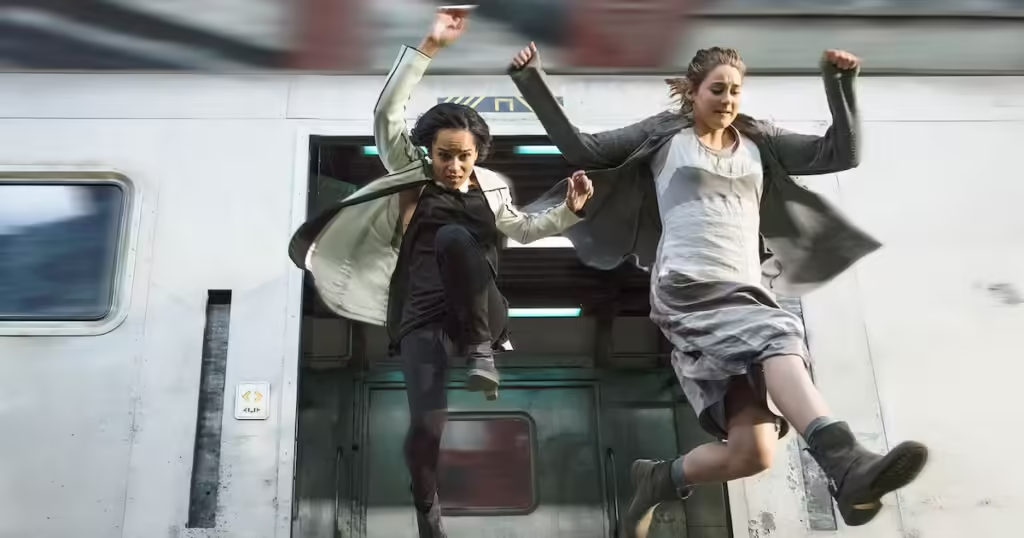
In terms of thematic elements, the movie successfully conveys the exploration of self-discovery, bravery, and societal norms. The faction system is visually illustrated through distinctive settings and costumes, mirroring the book’s descriptions. However, some nuances, particularly those involving Tris’s internal conflicts and relationships, are less deeply explored due to time constraints inherent in film adaptations. For instance, the depth of Tris’s connection with her mentor, Four, portrayed by Theo James, is somewhat simplified compared to the nuanced development found in the book.
Key scenes such as the Choosing Ceremony and the Erudite’s attack are highlights of the film, offering intense visual and emotional engagement. These sequences serve not only as critical plot-driving events but also as moments of thematic reinforcement. However, the film does deviate from the book in certain narrative details and character arcs, which may affect the viewers’ perception, especially for those familiar with Roth’s original text.
Overall, “Divergent” effectively brings the dystopian environment and characters of the novel to life, although with some inevitable discrepancies. The film captures the overarching themes and the protagonist’s growth adequately, making it a worthy introduction to the trilogy for both fans and newcomers alike.
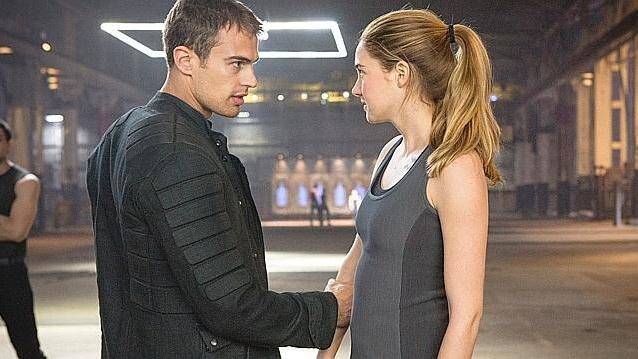
Book vs. Movie: Divergent
The “Divergent” series, penned by Veronica Roth, stands as a cornerstone of YA dystopian literature. When it transitioned to the silver screen, significant differences emerged between the book and its film adaptation. These variations have sparked considerable discussion among fans and critics alike, influencing the perception of the narrative’s depth and the portrayal of its characters.
One of the most prominent differences lies in the plot structure and its intricacies. The novel delves deeply into the protagonist Tris Prior’s internal struggles, her complex identity, and the divergent society’s intricacies. The film, in contrast, tends to streamline these elements, aiming for a more concise and visually dynamic storyline. Notably, some subplots and character backstories, such as those of Uriah and Edward, are either truncated or omitted completely. This reduction, while keeping the narrative tight for cinematic purposes, arguably sacrifices some character development and emotional depth that readers treasured in the source material.
Character portrayal also sees notable adjustments. Shailene Woodley’s depiction of Tris garners praise for capturing her strength and vulnerability. However, the movie’s more action-oriented focus sometimes overshadows Tris’s internal growth and the ethical dilemmas she faces. Similarly, Theo James’s portrayal of Four accentuates his toughness, yet some subtle aspects of his book persona, such as his insecurities and nuanced relationship with Tris, are understated on screen.
Cinematic additions and omissions further influence the narrative’s reception. For example, key scenes, such as Tris’s training sequences and fear simulations, are visually stunning but often abbreviated or modified. Conversely, the film introduces scenes to enhance the visual and dramatic appeal, occasionally altering the story’s original tone and intent. These changes have been a point of contention, with some praising the adaptation for its compelling visuals and others criticizing it for diluting the story’s complexity.
In essence, while the “Divergent” movie adaptation successfully captivates with its visual storytelling and fast-paced action, it inevitably diverges from the book’s richly woven narrative. This divergence, though necessary for the medium’s constraints, results in a nuanced trade-off, balancing visual spectacle with the loss of intricate storytelling, thereby drawing mixed reactions from both ardent fans and critical reviewers.

Insurgent: Analyzing the Middle Installment
“Insurgent,” the second installment in the Divergent trilogy, continues the narrative with an intensified focus on conflict and character development. The film follows Tris Prior as she grapples with the repercussions of her previous actions, with the storyline diving deep into the complexities of identity and rebellion. The plot progresses from the foundation laid in “Divergent,” pushing characters into more perilous situations and expanding on the societal divisions and factions established in the first film.
The themes of rebellion and identity are prominently showcased through Tris and her companions. Tris’s internal struggle is a central aspect of the narrative, as she battles guilt, fear, and the responsibility of her role in the uprising. The introduction of new characters such as Johanna Reyes and Edgar further enriches the storyline, bringing fresh dynamics and conflicts. These characters help to underscore the broader struggle against the oppressive societal system.

The film adaptation of “Insurgent” does well to translate the internal conflicts of the characters into visual and dynamic sequences. The external battles are rendered with impressive visual effects, notably setting the stage for an immersive experience. One of the standout elements of the movie is its portrayal of virtual reality simulations, or ‘Sims,’ which Tris undergoes. These scenes are visually captivating and offer a stark visualization of her emotional and psychological battles, a feature that is less vividly depicted in the book.
Moreover, standout performances by Shailene Woodley as Tris and Theo James as Four elevate the film. Woodley’s portrayal of Tris’s vulnerability and determination is compelling, bringing depth to her character’s tumultuous journey. The cinematography and special effects complement these performances, effectively bringing to life the dystopian world described in Veronica Roth’s novels.
Comparing the movie to the book, the film adaptation of “Insurgent” accelerates the pace and emphasizes action more than the intricate, reflective moments found in Roth’s prose. This shift brings certain aspects of the internal and external battles to the forefront but, at times, oversimplifies the nuanced character developments present in the book. Despite these differences, “Insurgent” succeeds in maintaining the core themes of rebellion and identity, continuing to engage audiences with its dramatic portrayal of a society in turmoil.
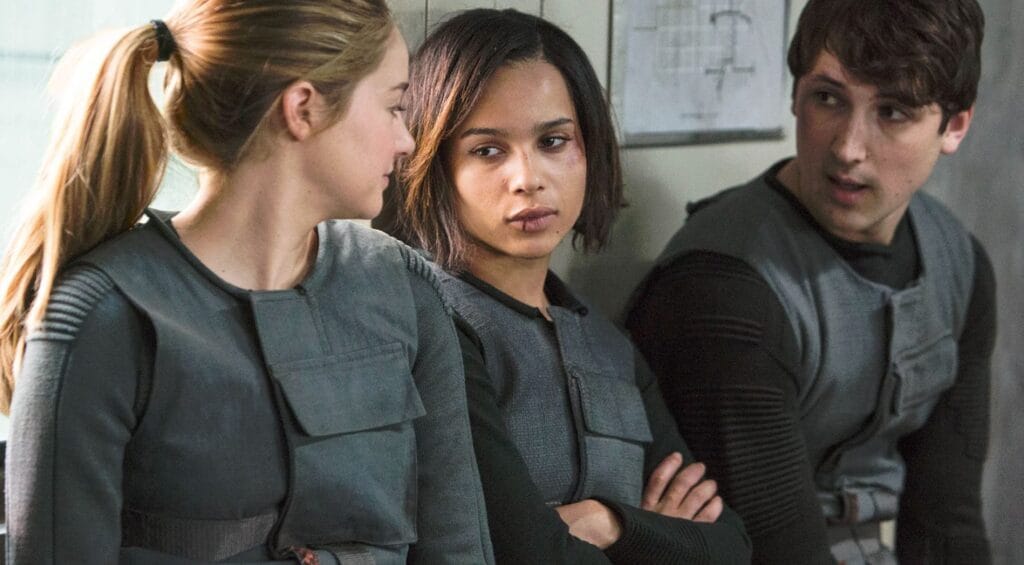
Book vs. Movie: Insurgent
The ‘Insurgent’ movie adaptation introduced several notable departures from its literary source, leading to substantial narrative changes. Among the most striking differences is the altered climax. In the book, the climax is heavily rooted in Tris’s internal struggles and the tactical battle against Jeanine Matthews’ regime. This unfolding portrays a raw and intricate psychological confrontation intertwined with physical skirmishes. Conversely, the movie opts for a visually dynamic yet simplified sequence. The emphasis on action over psychological tension shifts the narrative focus, potentially diluting the complexities of character development that the book meticulously builds.
Another marked divergence lies in the resolution of the conflict. The book intricately wraps up the plot with a sequence of revelations that significantly impact the characters’ motivations, particularly emphasizing the societal structure’s flaws. However, the movie adaptation pursues a more straightforward resolution, favoring immediate plot closure over nuanced exposition. This approach, while cinematic, arguably simplifies the storyline, risking a reduction in the plot’s depth and the thematic resonance that fans of the book series might expect.
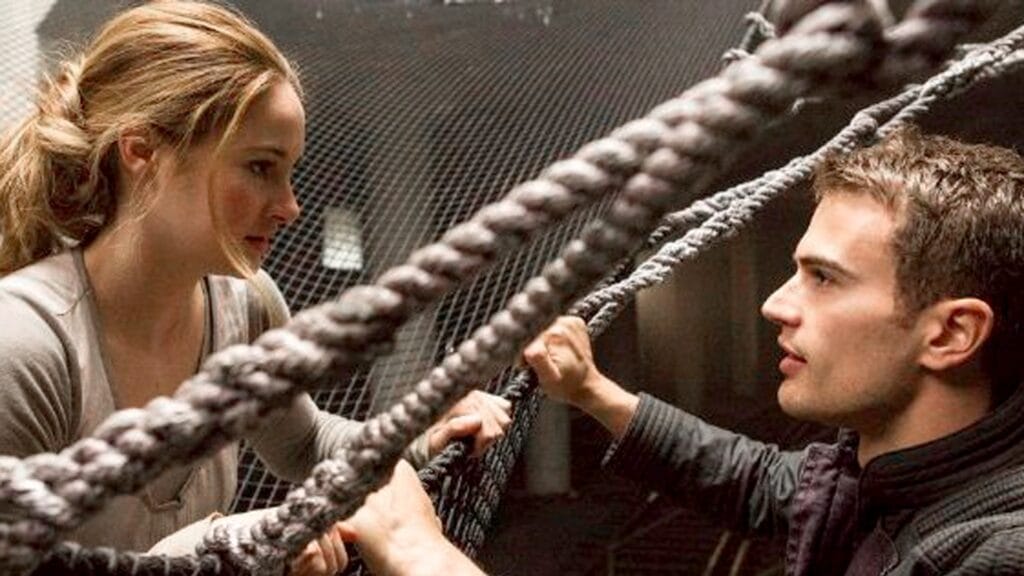
From a storytelling perspective, these alterations invoke a mixed reception. The enhanced visual appeal and streamlined sequences cater to a broader audience, possibly ensuring a wider reach. However, literature enthusiasts may find that the film’s narrative sacrifices some of the grit and substance of the original. The omission of critical psychological elements and the condensation of intricate plots may lead to a perceived lack of coherence in character arcs and ideological confrontations, elements that the book prudently weaves throughout its narrative.
The influence of these changes on the plot’s cohesion is worth noting. Where the book’s narrative complexity offers a richly layered experience with multifaceted character depth, the movie’s straightforward adaptation may appear coherent but risks rendering a broader yet shallower depiction of the storyline. As such, the film, while engaging, might not fully encapsulate the profound intricacies and thematic robustness the book delivers to its readers.
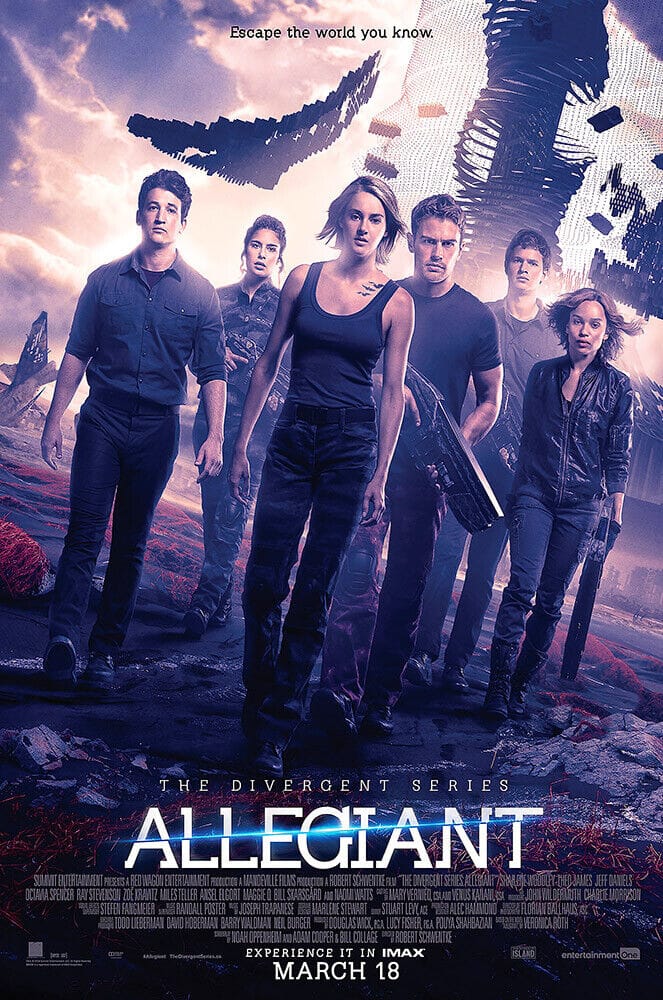
Allegiant: The Final Chapter
‘Allegiant,’ the final installment of the Divergent trilogy, attempts to bring to a close the intense and convoluted narrative that has captivated audiences. In this chapter, the protagonists grapple with uncovering the truth about their dystopian society, venturing beyond the walls that have confined them. The movie endeavors to encapsulate the turbulent journey of Tris and Four, highlighting their struggles and growth as they confront the revelations about their world and themselves.
The film focuses on significant plot points such as Tris’s discovery about her genetic purity and the subsequent societal implications. The climax converges on the protagonists’ efforts to unmask the manipulative leadership and bring about systemic change. Character arcs are pronounced, particularly in the transformation of Tris from a hesitant initiate to a determined leader, and Four’s journey from a loyal enforcer to a questioning individual.

Comparing the movie’s ending to the book reveals some conspicuous differences. The film takes liberties with the conclusion, opting for a more ambiguous and open-ended finale compared to the book’s definitive and tragic closure. Notably, the movie refrains from Tris’s death as portrayed in the book, instead offering a glimpse of hope and continuity, which might have been an attempt to cater to a broader audience and ensure a more uplifting resolution.
The pacing of ‘Allegiant’ is a subject of scrutiny. Critics and fans have remarked on its uneven tempo, with stretches of languid exposition interspersed with sudden bursts of action. The special effects, while ambitious, have met with mixed reviews. Some sequences impress with their visual grandeur, particularly the depiction of the post-apocalyptic world beyond the wall, while others fall short, appearing somewhat unrefined.
Overall, the direction of ‘Allegiant’ strives to balance fidelity to the source material with cinematic flair. However, it leaves a polarized reception among fans of the book series and the movie adaptation alike, provoking discussions on the challenges and creative decisions involved in translating complex narratives from page to screen.
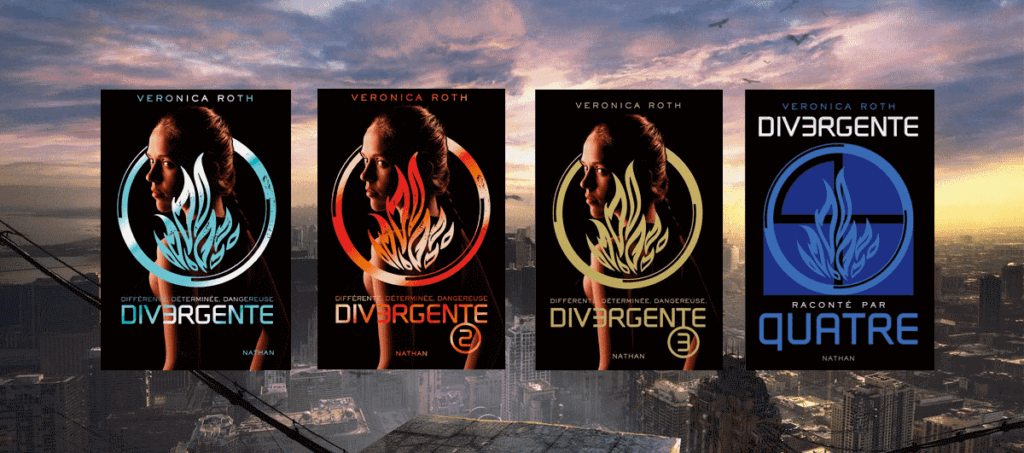
Book vs. Movie: Allegiant
The adaptation of “Allegiant,” the final entry in the Divergent Trilogy, presents a unique case study in book-to-film translations. Notably, the decision to split Veronica Roth’s final book into two movies was met with widespread controversy. Interestingly, the series’ third installment was left incomplete in its cinematic form, as only the first part was released, drastically altering the narrative’s arc and overall reception.
In the “Allegiant” book, character development is intricately woven into the plot, with each protagonist’s journey culminating into a profound exploration of freedom, sacrifice, and revolution. Tris Prior’s ultimate sacrifice stands as the emotional and thematic pinnacle of the narrative, emphasizing the book’s commitment to portraying the complexities of selflessness and the fight for societal change.
Conversely, the movie adaptation, truncated and deviating notably from its source material, struggled to afford the same depth to its characters and themes. The decision to split the book but only release one film disrupted the natural progression of character arcs, leaving audiences without the conclusive resolutions found in the book. While the core themes of sacrifice and the quest for freedom remained present in the movie, their impact was diluted compared to the book’s intricate portrayal.
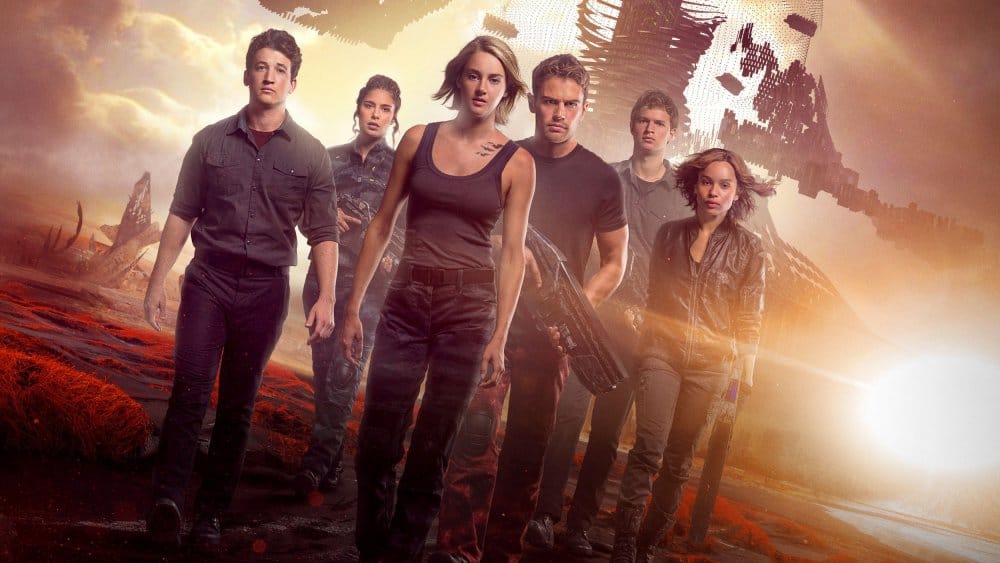
The book’s rich narrative texture allowed for a nuanced discussion on the revolution against oppressive systems and the ethical dilemmas surrounding it. These themes were only partially captured in the film, where the constraint of runtime and narrative pacing imposed significant limitations. The omission of substantial plot lines and characters further stripped away layers of complexity, resulting in a simplified version that, while visually compelling, lacked the depth of the original text.
Ultimately, the divergence in both mediums’ handling of sacrifice, freedom, and revolution underscores the inherent challenges of adapting intricate narratives to film. The “Allegiant” movie’s decision to leave the story incomplete left fans and critics alike yearning for a conclusion, a stark contrast to the book’s comprehensive and emotionally resonant closure.
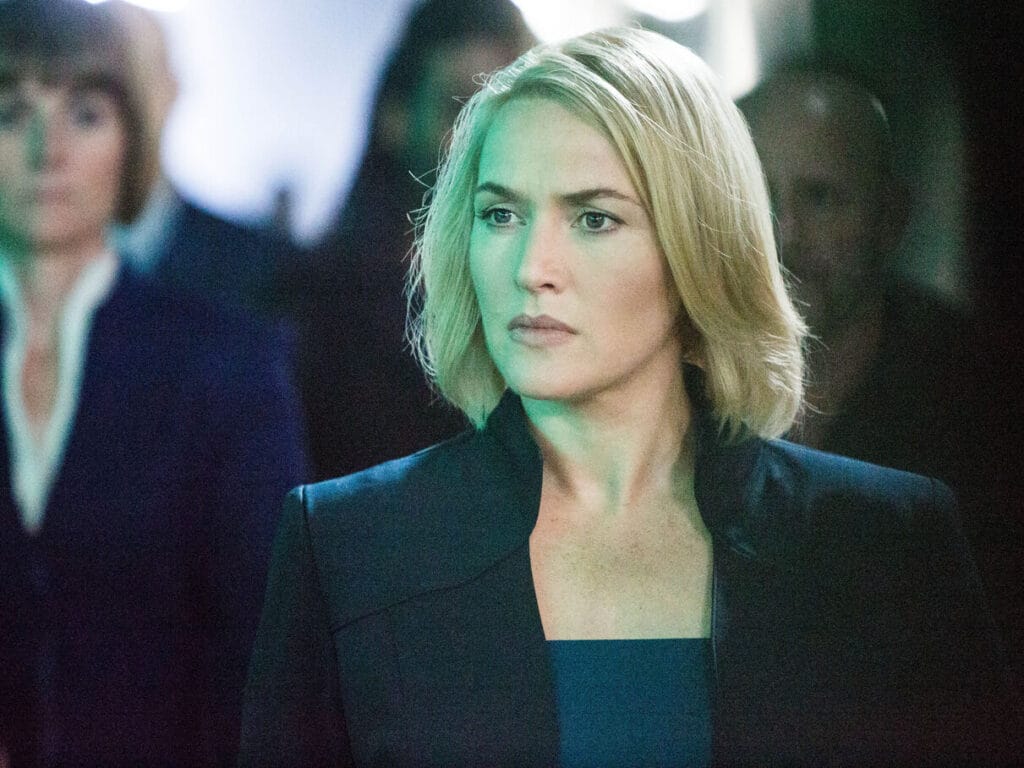
Critical Reception and Legacy
The Divergent Trilogy’s films received mixed critical reception compared to their literary counterparts. The first film, Divergent, was largely praised for its fidelity to the source material and strong performances, particularly that of Shailene Woodley. However, as the series progressed with Insurgent and Allegiant, critics noted a decline in narrative cohesion and character development, aspects that were more robustly handled in the books by Veronica Roth. The latter films faced particular scrutiny for diverting significantly from the original plot, which alienated many fans of the books.
From a commercial perspective, the Divergent films enjoyed moderate success. Divergent grossed over $288 million worldwide, solidifying the franchise’s potential. Insurgent continued the trend, albeit with a slight dip in revenue, earning approximately $297 million globally. Allegiant, however, saw a stark decline with a worldwide gross of just over $179 million, reflecting the disenchantment among both critics and the audience.
Fan response mirrored the critical reception, with the initial excitement waning as the series progressed. The loyalty of the book’s fanbase was tested with each cinematic installment, culminating in a lukewarm reception to Allegiant‘s cliffhanger ending, given the subsequent cancellation of the planned fourth film, Ascendant.
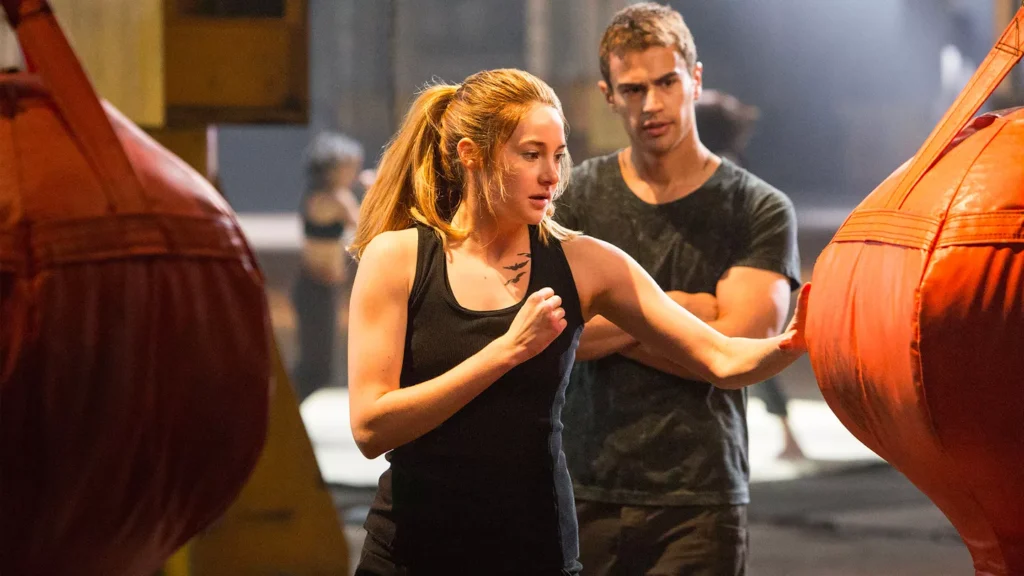
In the broader context of young adult dystopian fiction, the Divergent series has cemented its place despite its challenges. It followed in the footsteps of successful franchises like The Hunger Games but struggled to maintain its momentum. Nonetheless, the series introduced compelling themes of societal structure, individuality, and resistance against oppression, resonating with a generation of young readers and viewers.
The legacy of the Divergent Trilogy is one of both promise and missed opportunities. It showcased the viability of young adult dystopian narratives in mainstream cinema but also highlighted the delicate balance between literary fidelity and cinematic reinterpretation. As a cultural artifact, the Divergent series will likely be remembered for its initial impact and the passionate, albeit divided, fanbase it cultivated. Its future standing in literary and cinematic history will serve as a case study in adaptation dynamics and fan engagement.
